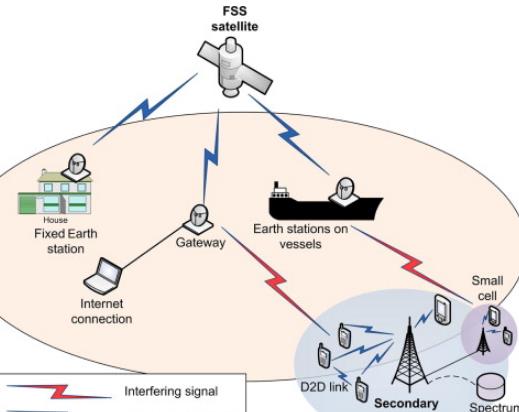How Do You Microwave a Joint Effectively?
Microwaving a joint, in the context of RF and microwave engineering, involves the use of specialized components known as microwave rotary joints. These are crucial in applications where it is necessary to transmit microwave signals through a rotating interface, such as in radar systems or satellite communication antennas. Understanding how to effectively implement and utilize a microwave rotary joint is essential for maintaining signal integrity and system performance.

Optimizing Microwave Signal Transmission
Selecting the Right Microwave Rotary Joint
Choosing the appropriate microwave rotary joint is the first step towards effectively microwaving a joint. These devices are designed to match the specific frequency and power requirements of the system in which they are used. For instance, a joint used in a satellite tracking antenna system must be capable of handling the GHz frequency ranges typical of such applications. The rotary joints often have a VSWR (Voltage Standing Wave Ratio) rating that indicates how efficiently they can transmit microwave signals without significant reflection. A lower VSWR, typically less than 1.3:1, is preferable for minimizing signal losses.
Ensuring Proper Installation
Effective microwaving of a joint also depends on proper installation. This includes ensuring that the rotary joint is correctly aligned with the waveguide or coaxial lines it connects. Misalignment can cause impedance mismatches, leading to increased VSWR and potential signal loss. Additionally, securing the rotary joint mechanically to prevent any unwanted movement during operation is crucial, as even small shifts can disrupt the signal path.
Applications Requiring High-Precision Signal Transmission
Radar Systems
In radar systems, especially those used for air traffic control and maritime navigation, the ability to continuously rotate the antenna while maintaining a clear and stable microwave signal is vital. Microwave rotary joints allow the radar antenna to transmit and receive signals across 360 degrees without interruption. This capability is critical for tracking objects over time and ensuring accurate positional data.
Satellite Communication Systems
For satellite dishes that require tracking satellites across the sky, microwave rotary joints enable the dish to rotate while maintaining a strong and consistent connection to the satellite. This uninterrupted signal transmission is essential for reliable data transfer, especially in communications and broadcasting services.
Enhancing Performance and Durability
Regular Maintenance and Testing
To microwave a joint effectively, regular maintenance and testing are required. This includes checking for any signs of wear and tear on the rotary joint, testing for any degradation in performance, and replacing the component if necessary. Regular testing ensures that the joint continues to meet its specified performance criteria and does not become a weak link in the system.
Using High-Quality Materials
The durability of a microwave rotary joint is significantly enhanced by the use of high-quality materials that can withstand the physical stresses of rotation and the environmental conditions under which the system operates. Materials resistant to corrosion and thermal variations ensure that the joint remains effective over its operational lifetime.
Microwave a Joint effectively requires understanding its function, selecting the appropriate type for the specific application, ensuring proper installation, and conducting regular maintenance. By following these guidelines, engineers can ensure that their radar, satellite, or other microwave systems perform optimally, leveraging the unique capabilities of microwave rotary joints to maintain excellent signal integrity even under dynamic conditions.